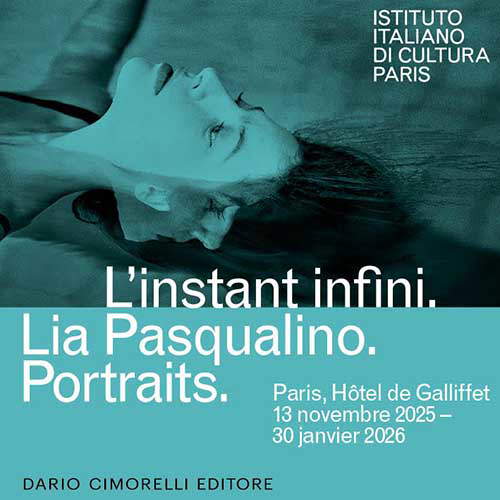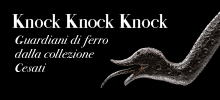
Spoleto and Foligno, Umbria breathing contemporary art.
Not only ancient art. Spoleto and Foligno tell their stories through the contemporary, interweaving historical roots and major art projects. From Calder's Theodelapio to Gino De Dominicis' Cosmic Magnet to Kentridge's exhibitions, Umbria proves to be a laboratory of dialogue between past and present.
By Fabrizio Federici | 16/09/2025 19:43
For the past few years, in the florilegium of temporary capitals that, on the model of the European Capital of Culture, dot the peninsula, there has also been the recognition of Italian Capital of Contemporary Art, established in 2024. Nominations for 2027 were submitted last June: among the cities aspiring for the title are two Umbrian towns, which have joined forces in hopes of hitting the mark. Two centers, Spoleto and Foligno, which, like so many other places in Umbria, present extraordinary artistic testimonies of the past, particularly medieval and Renaissance: just think, for Spoleto, of the Cathedral and the Lombard vestiges, starting with the impressive 'classicism' of the church of San Salvatore, or, in the case of Foligno, of that late Gothic gem that is Palazzo Trinci, with its frescoes.
The role Spoleto has played in the artistic events of the 20th century, however, is no less significant: the 1962 exhibition Sculptures in the City represented a fundamental moment in the history of monumental sculpture and in the reflection on public art, signs of which are still very evident in the city, starting with the most grandiose and emblematic creation of thatinitiative, Alexander Calder's Theodelapio that greets the traveler arriving at the Spoleto station; since 1958 the Festival of the Two Worlds (in the context of which, moreover, Sculptures in the City saw the light) has represented an international event dedicated to the theater and music of our time. Foligno, in turn, has strengthened its profile as a center open to contemporaneity since 2010, when Gino de Dominicis's giant Cosmic Magnet, purchased six years earlier by the Fondazione Cassa di Risparmio di Foligno, found its final resting place in the former Church of the Holy Trinity in Annunziata, the second exhibition space of CIAC (Italian Center for Contemporary Art).
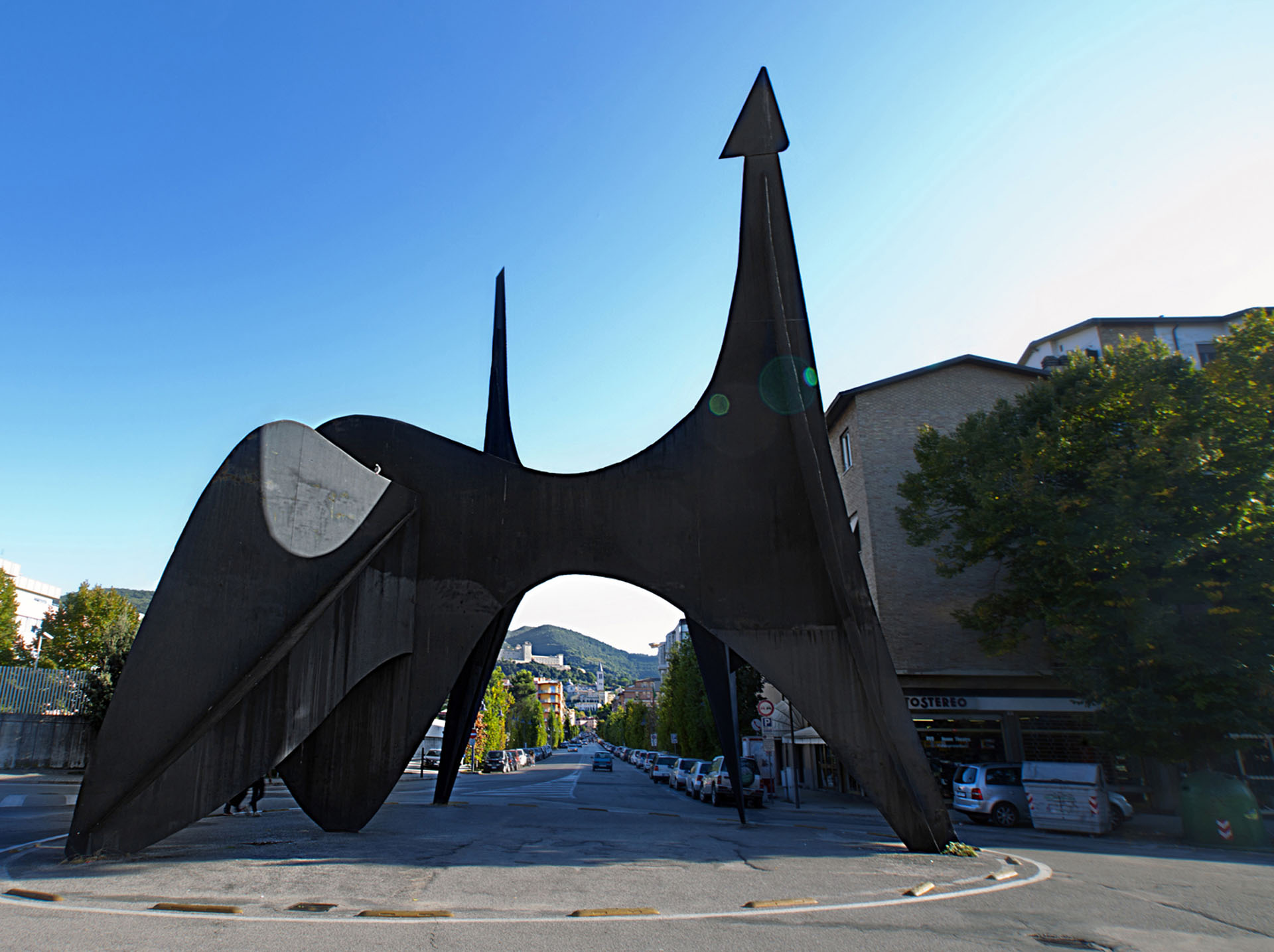
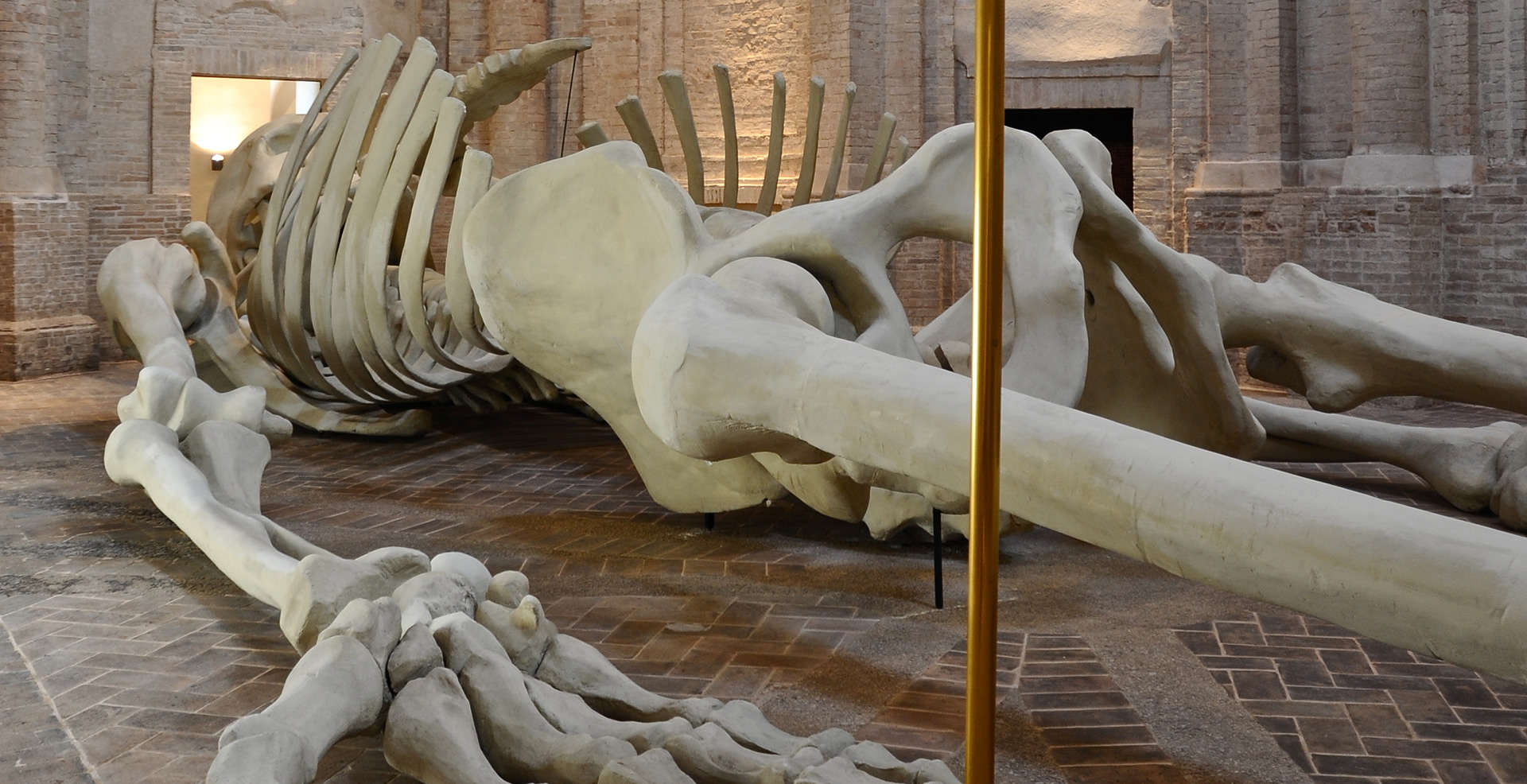
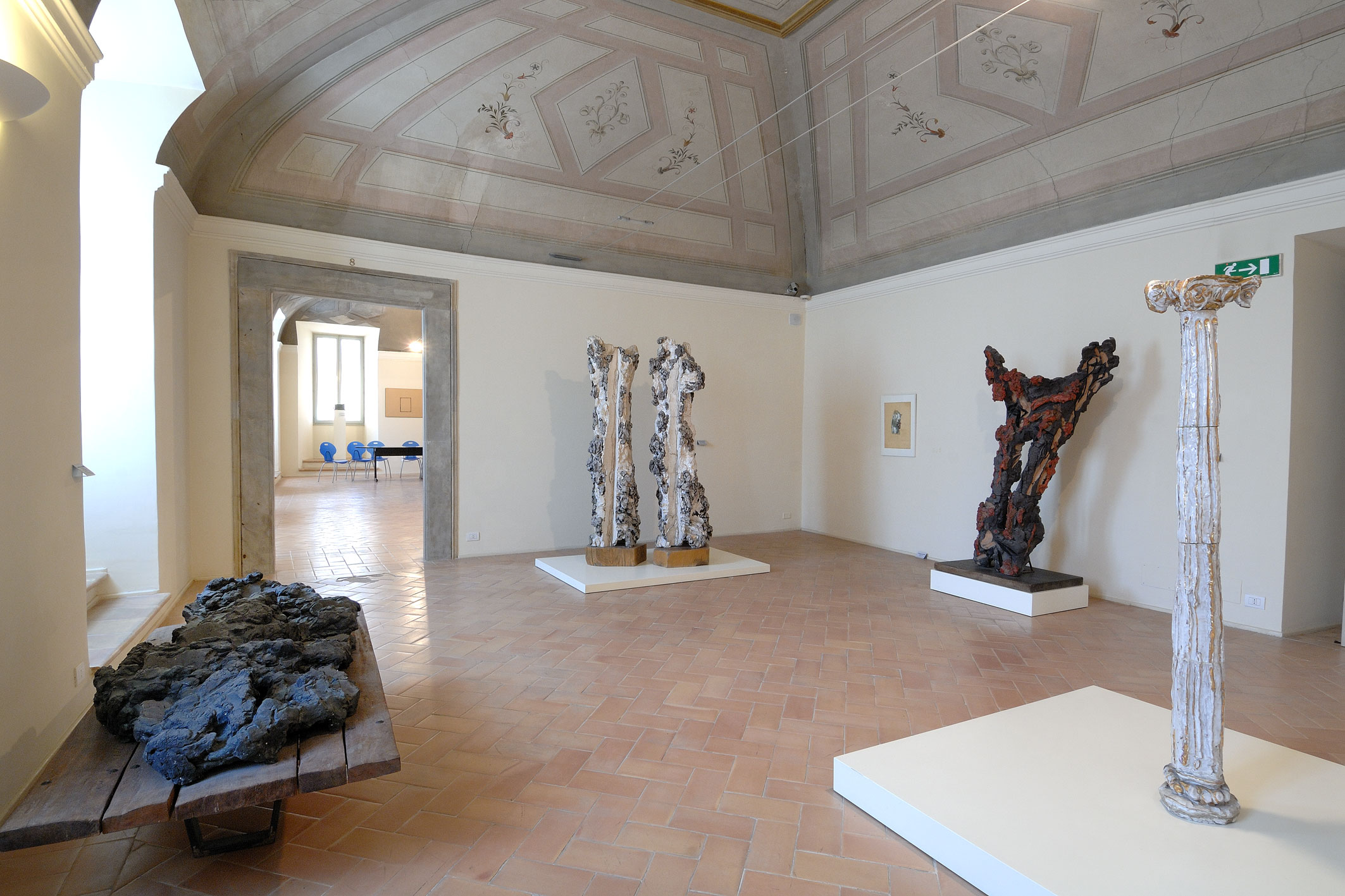
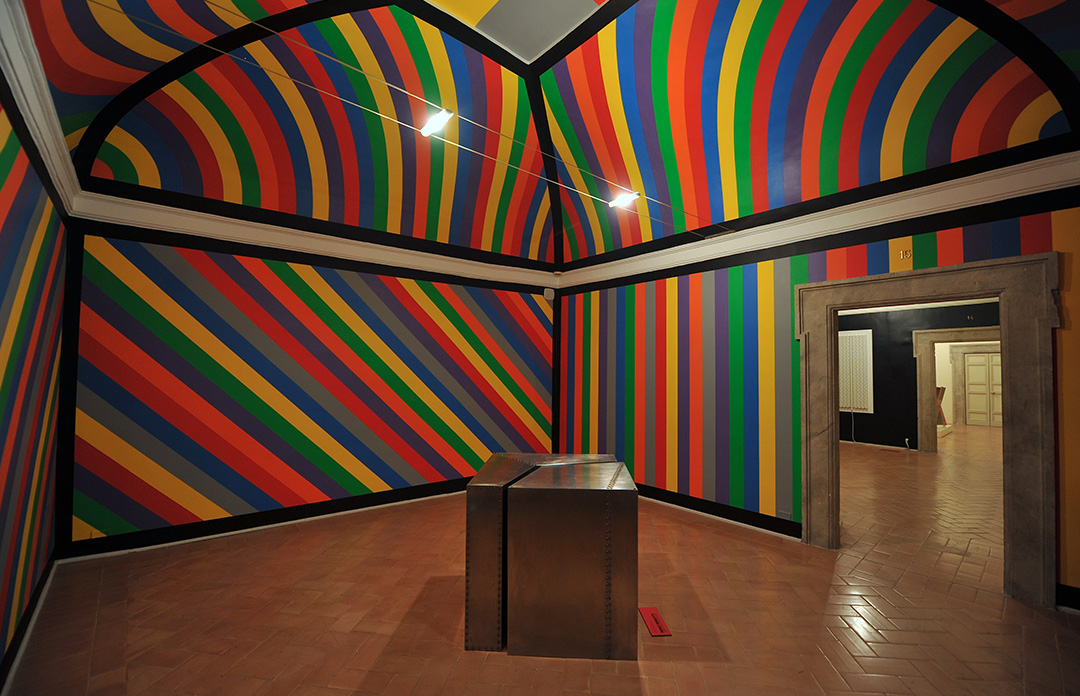
The 'skeleton' of the artist from Ancona is therefore enclosed, almost to the millimeter, within an ancient reliquary: a church that, erected between 1760 and 1765 to the design of architect Carlo Murena, remained unfinished, lacking the planned decorations and therefore with exposed bricks. The exposure of the Calamita gains us: surely the work is better readable in the context of the present brick cladding, than shrouded in the light-colored plaster and stucco that should have covered the interior of the church. We are faced with a successful example of reusing for exhibition purposes a space from the past that had lost its function and was crying out for another, to fit fully into the fabric of the city once again. A successful coexistence between ancient and contemporary: a term perhaps to be preferred to the now abused "dialogue" between different eras, behind which are often hidden specious operations and little more than casual juxtapositions.
A similar argument can be made for Palazzo Collicola in Spoleto. One of the city's leading aristocratic palaces, erected between 1717 and 1734 to a design by the Sienese architect Sebastiano Cipriani, the building houses on its second floor the "Giovanni Carandente" Gallery of Modern Art, the region's most important contemporary art museum, along with the Burri Foundation in Città di Castello, which boasts in its collections, in particular, works acquired by the municipality of Spoleto through the editions of the Spoleto Prize, held between 1953 and 1968, paintings by the so-called "Group of Six," creations by Calder and other illustrious participants in the legendary 1962 exhibition, works by Leoncillo and Sol LeWitt. If the second floor of Palazzo Collicola does not have any significant historical elements, the piano nobile still flaunts richly decorated interiors (starting with the splendid gallery) and a compendium of ancient paintings in many cases of considerable interest (one name for all: the well-known Spezieria of Guercini's scope).
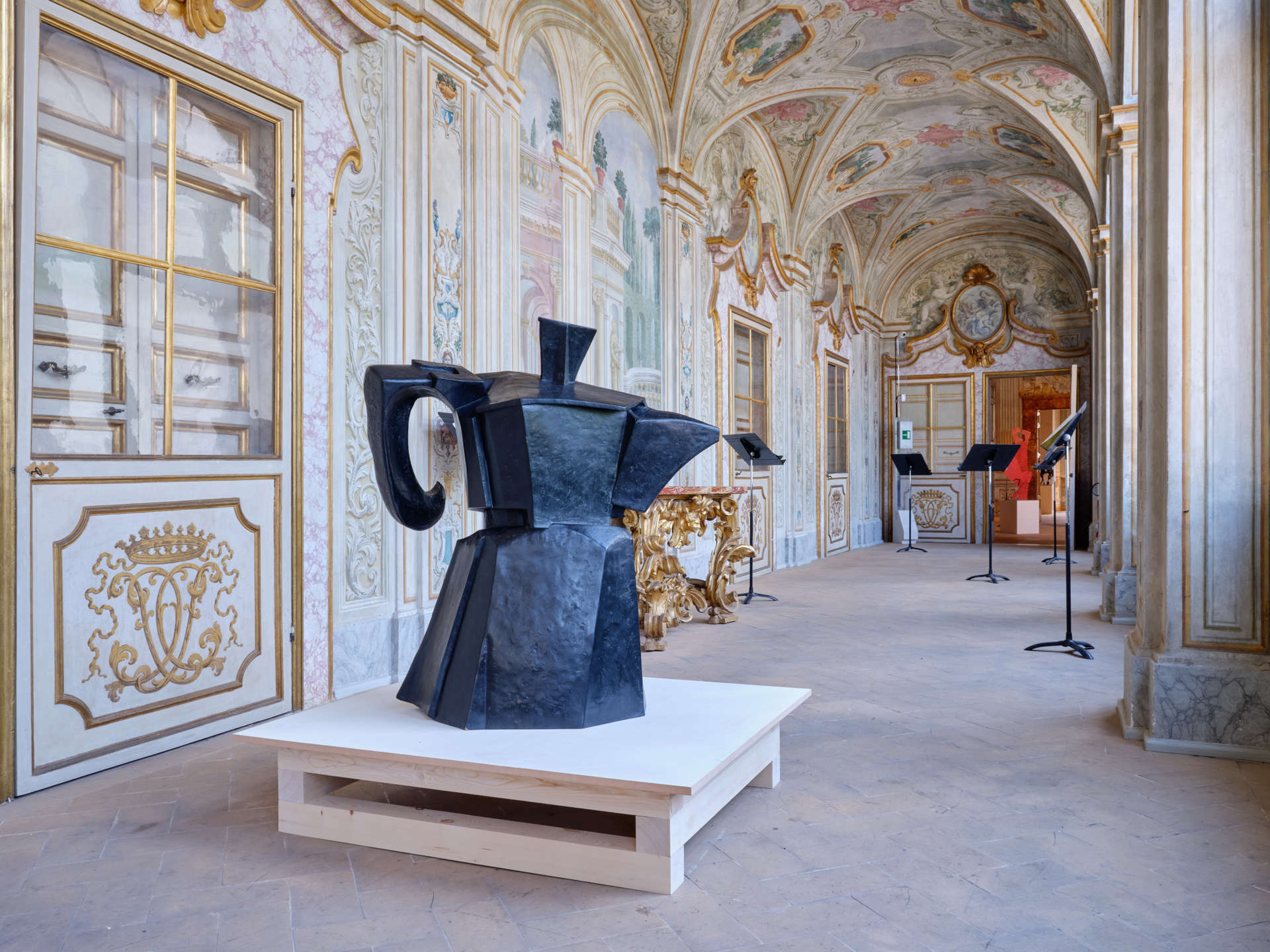
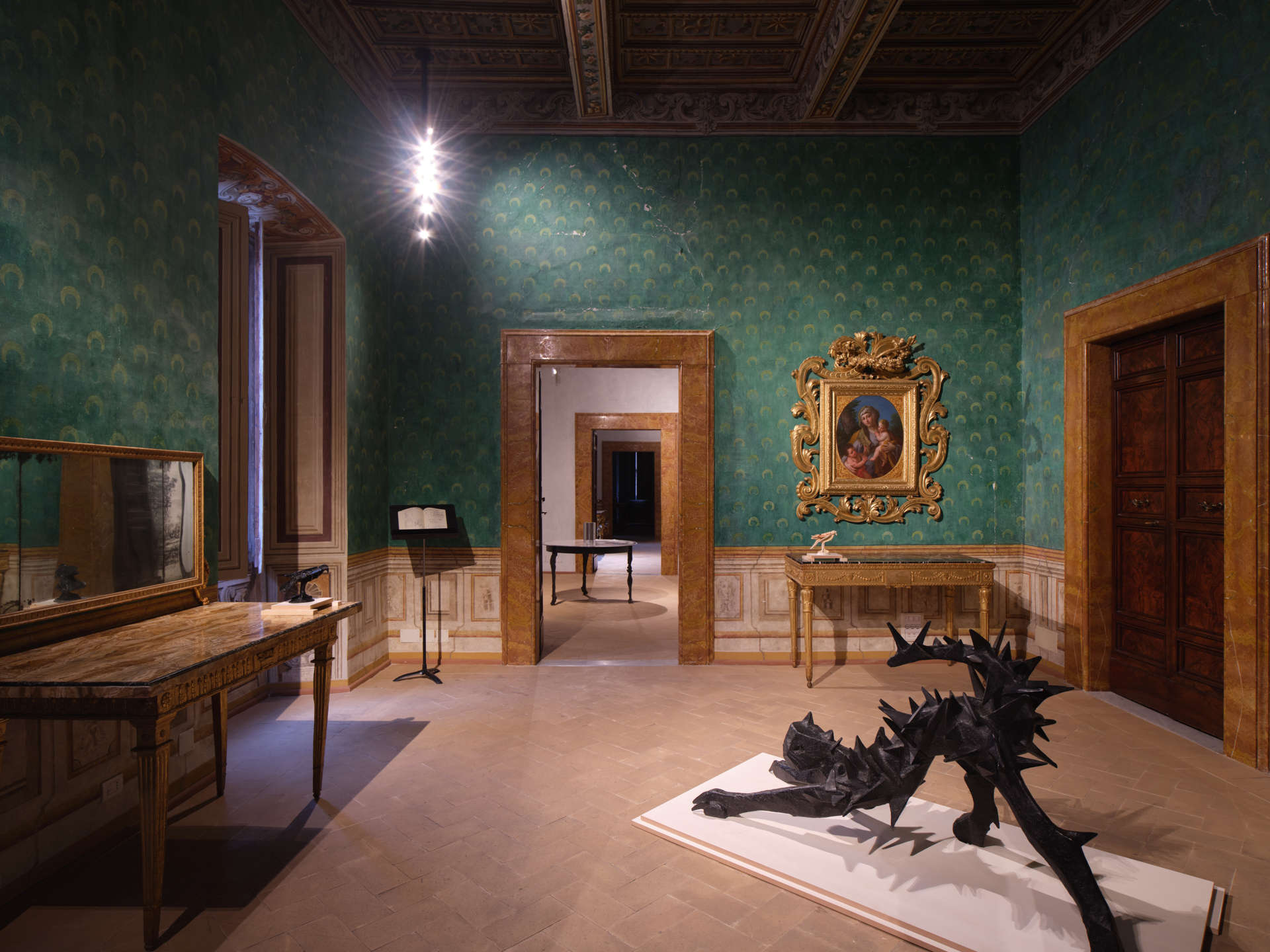
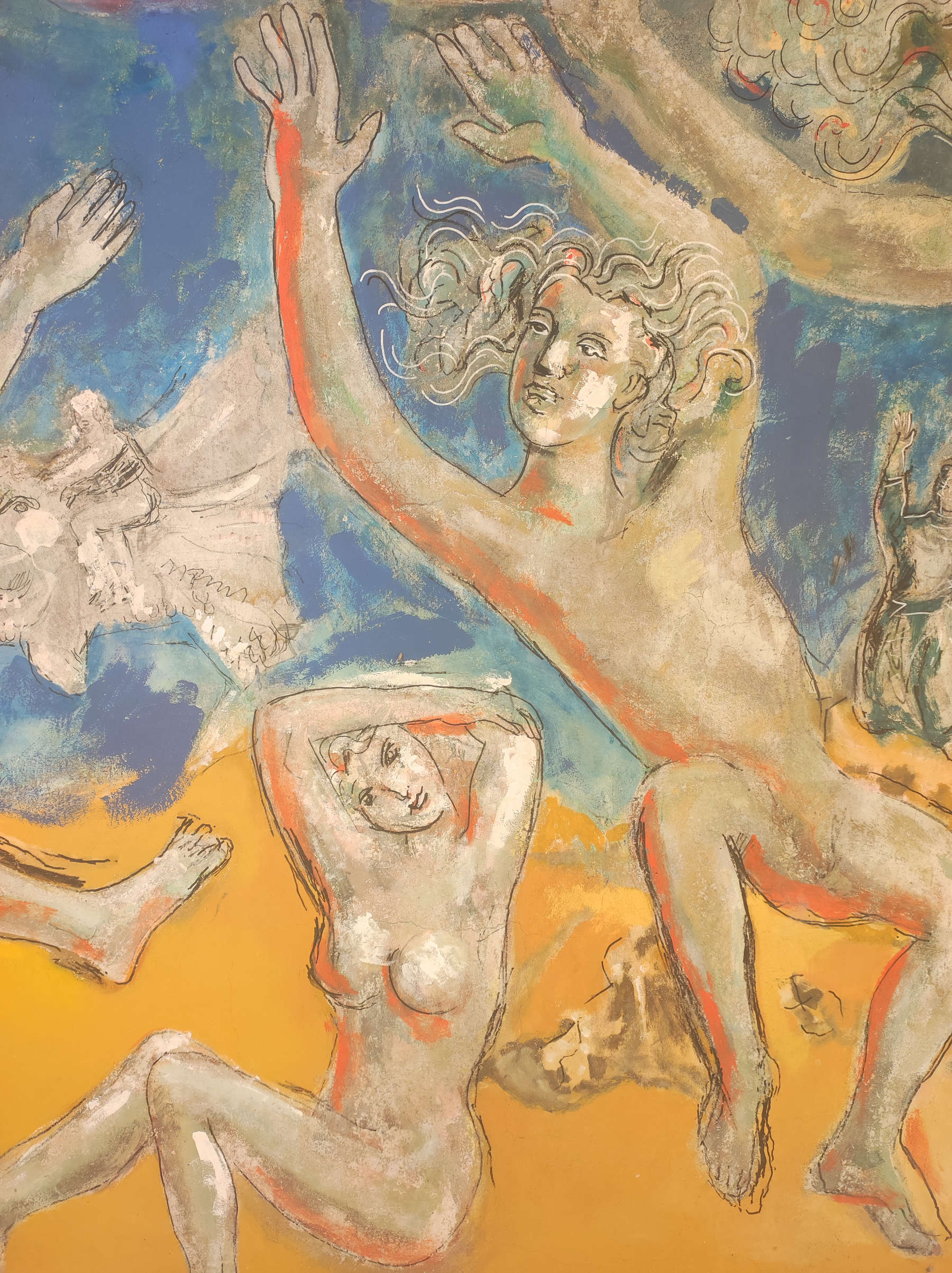
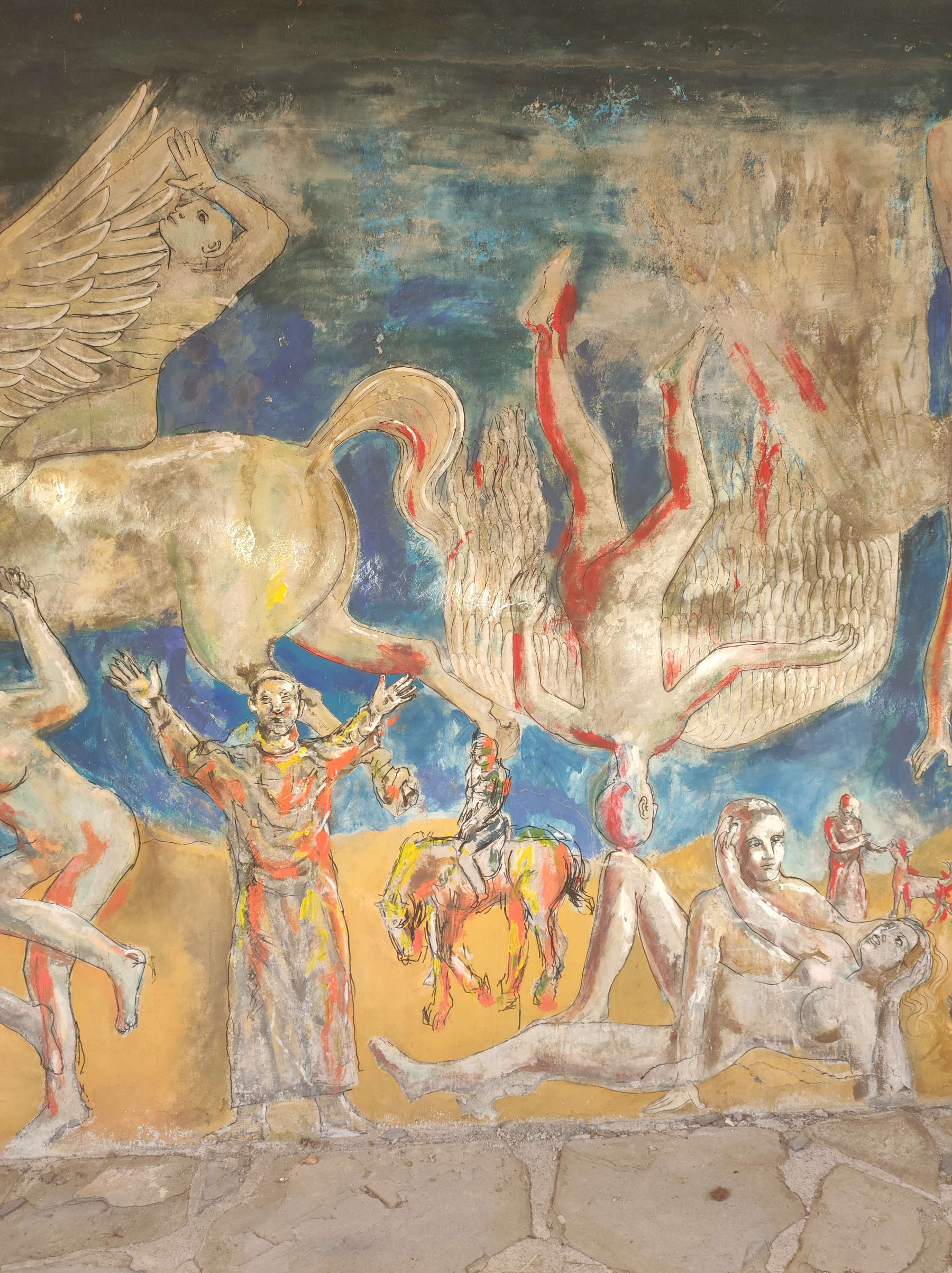
The lively exhibition activity of the Gallery of Modern Art also unfolds, through temporary exhibitions, in this portion of the most historically and artistically valuable building: as is the case with the fine exhibition dedicated to William Kentridge, Fugitive Thoughts, curated by Saverio Verini, director of the Spoleto Civic Museums. The exhibition, open until Nov. 2, 2025, presents a wide selection of works created over the past twenty-five years by the South African artist, including drawings, sculptures, videos, prints and notebooks. Kentridge's works position themselves in historical spaces without suffocating them, rather establishing in several cases relationships with the ancient paintings affixed to the walls: relationships that make the experience of the visit more articulate and invite the viewer to consider in a more complex way both the canvas of the seventeenth-eighteenth century and the work of the contemporary artist (whose research, on the other hand, has and shows without reticence firm roots in the art of the past, from classical antiquity to the historical avant-garde).
But before 2027, in which Spoleto and Foligno could play the role of Italian capitals of contemporaneity, there is 2026, the year in which the centenary of the birth of Dario Fo, a character who was very attached to Umbria, falls: he and Franca Rame assiduously attended the Free University of Alcatraz set up by their son Jacopo in 1982 in the hills between Gubbio and Perugia, and still a laboratory for important artistic and social projects (there is among other things a beautiful mural painting created by Dario, who was also, or perhaps first and foremost, a painter, dedicated to his beloved St. Francis). Planned for 2026 is a rich series of initiatives, to be held in Umbria, but not only, and indeed all over the world (where Fo's works are translated and staged): theatrical performances, exhibitions, screenings, study days. Central among the planned events will be the project "100 Years for 100 Countries," curated by the Dario Fo and Franca Rame Foundation, which is divided into a series of events that will take place in as many as one hundred different states and, at the same time, one hundred events spread throughout the country. In Perugia, the Museo Civico of Palazzo della Penna will be entirely occupied by an exhibition dedicated to the painter Fo and in particular to his works centered on the figure of St. Francis, whose, moreover, eight hundredth anniversary of his death falls in 2026.


